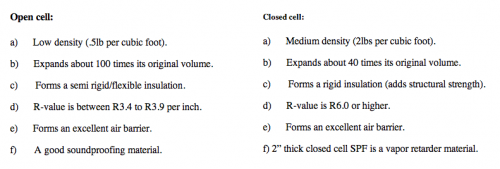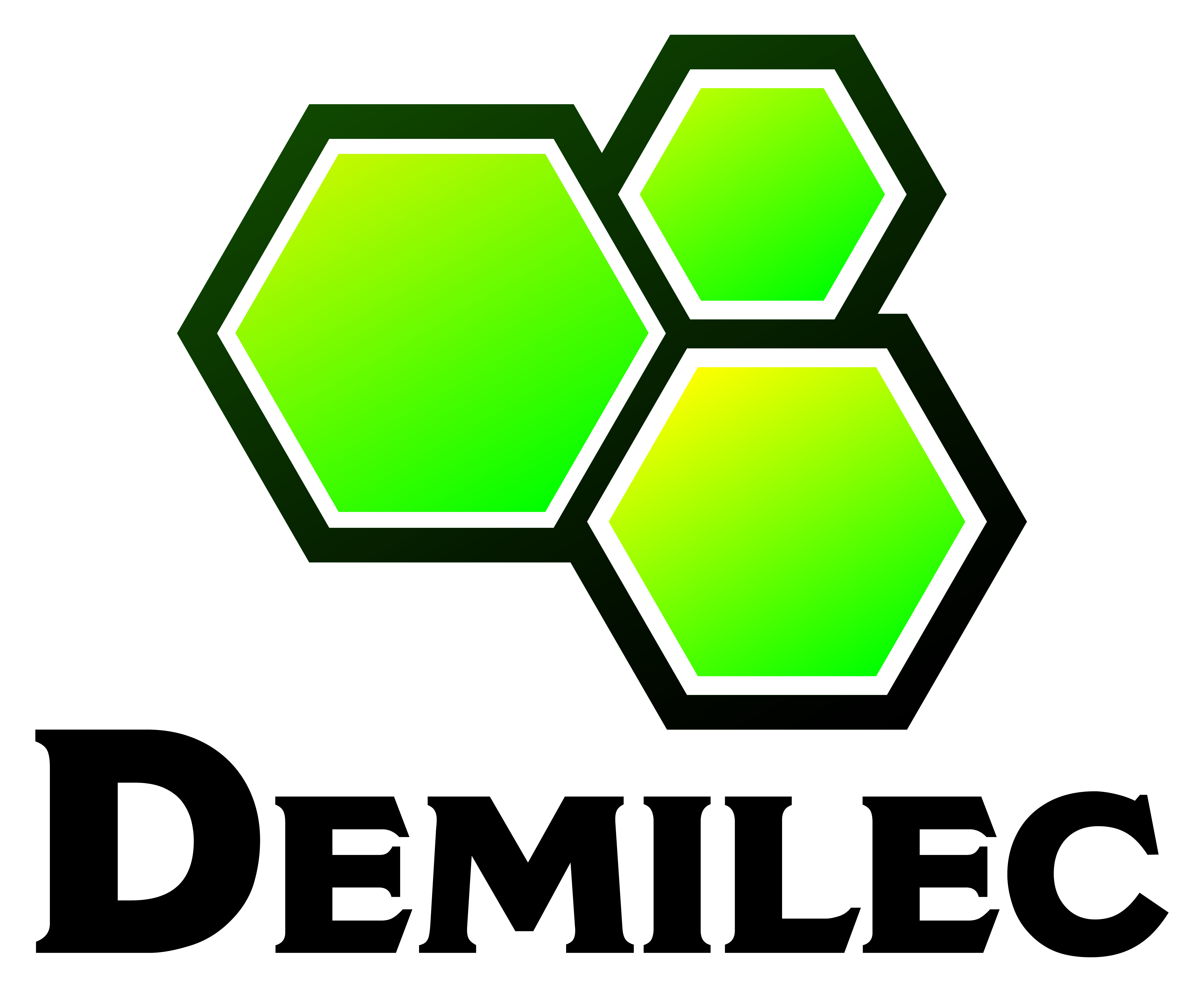Quality & Reliability. Guaranteed. The Most Trusted Name In Spray Foam!
FAQs
What are the benefits of spray foam insulation?
- Limits moisture infiltration thereby by eliminating an environment for mold spores and bacterium to grow.
- Lowers energy (Heating/Cooling) costs by restricting air flow.
- Adds structual strength to a building or home.
- Reduces outside airborne dust and pollen from entering.
- Barrier to Animals and Insects.
Is Spray Foam “Green”?
ALL spray foam insulation and roofing products are comprised of two components, an “A” Component or Isocyanate and a “B” Component. The “B” Component is our “cookie dough.” The specialized chemistry that formulates the “B” Component differentiates one foam system from another. Some “B” Components have a small percentage of sucrose based polyols and some have soy. Even more important than the percentage of biobase materials in the “B” Component, is that spray foam insulation and roofing materials, when properly installed, contribute to sustainable buildings and energy conservation.
Can I over-seal my house or make it too tight?
While it is possible to seal a house too tightly, it is very unlikely in most older homes. A certain amount of fresh air is needed for good indoor air quality and there are specifications that set the minimum amount of fresh air needed for a house. If you are concerned about how tight your home is, hire an energy specialist to perform leakage tests using diagnostic tools and make sure all combustion appliances are operating properly. If your home is too tight, the energy specialist may recommend that a fresh air ventilation system be added to your HVAC system.
Where are the big air leaks in my attic?
Typically, the biggest attic leaks are found where the walls meet the attic floor, above drop ceilings and overhangs, and behind attic walls. Look for dirty or discolored insulation to find the leaks – this indicates that air is moving through the insulation material. There are lots of other “holes” in the attic ceiling that should also be sealed, such as: recessed “can” lights, plumbing stacks, electrical wires, attic hatches or doors, around chimneys or flues, and duct chases.
How thick should insulation be?
A minimum of one inch of spray urethane insulation must beinstalled to control air infiltration and reduce energy costs. Additional thickness may be requiredto seal voids, cracks and other building envelope imperfections. The specific thickness ofinsulation depends on local code, house location and construction type. Spray foam thickness canbe varied, if necessary, to complement other insulation in achieving the proper R-value.
What is the difference between open cell and closed cell spray foam?

How is spray foam installed?
SPF is a two component liquid that’s sprayed in place by a trained professional. The two liquids, heated under high pressure, mix at the spray gun reacting and causing the liquid to expand rapidly and cure as a rigid/semi-rigid foam.
Where can spray foam insulation be used?
Anywhere. The different types of foam (1/2lb and 2lb) cells have different characteristics and we will help determine the best product for your project. We can spray anything from house walls to a complete industrial manufacturing facility. We have sprayed various "different" sufraces to meet the needs of the most demanding jobs.
Other Questions?
Contact Us by phone or E-mail and we will answer all questions concerning sprayed foam insulation or industrial coatings.
631-225-2945 Ask for Rob.




